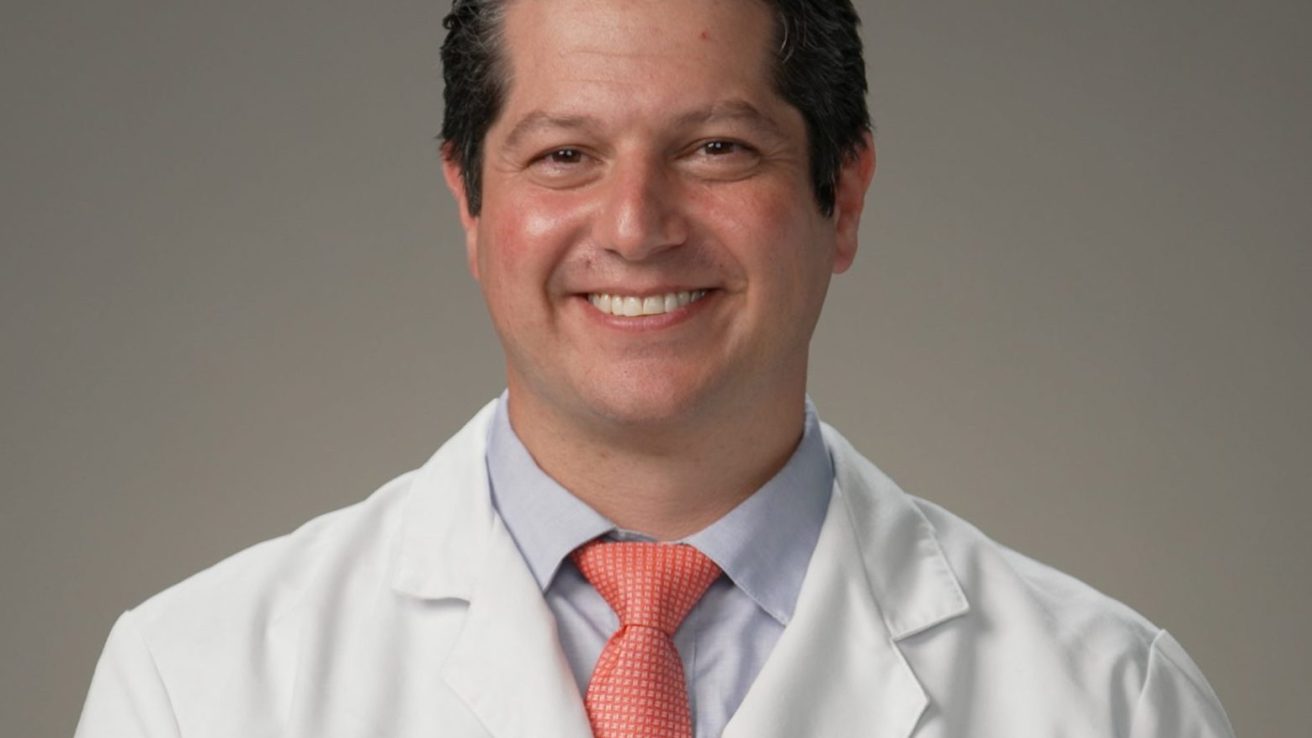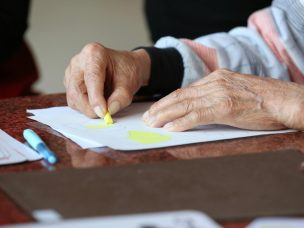In this MD Newsline exclusive interview with health education and wellness physician Dr. Ilan Shapiro, we discuss the barriers and health consequences that the U.S. Latino community faces from disparate access to healthcare services.
MD Newsline:
Can you speak to the barriers that the Latino community faces in accessing healthcare services?
Dr. Ilan Shapiro:
“The Latino community has struggled with health equality: making sure that they can access the same healthcare services that are accessible to other communities. Historically, the Latino community has also had to deal with poor social determinants of health, including a lack of safe and green spaces, poorly funded schools, and polluted living environments. These factors have a compounding effect on our mental and physical health and drive our need for health equity.
When you consider these factors, and the language barriers and cultural barriers that the Latino community faces when trying to access healthcare services, you begin to understand why it is often challenging for Latinos to receive the care they need.
In addition to language differences, we have cultural differences: elements of our culture, families, and traditional medicine that have been passed on for centuries and are often extremely important to us.
Providers who can bridge these barriers not only provide quality Spanish medical interpretation services or speak Spanish themselves, they are also welcoming of our cultural differences.”
MD Newsline:
Can you speak to the health consequences the Latino community faces as a result of these barriers to healthcare access?
Dr. Ilan Shapiro:
“When you don’t have adequate transportation, or you have to choose between having enough to eat or going to the doctor, or buying your medication and buying books for your kids, it creates a lot of mental stress and leads to many of the mental and physical health disparities that are prevalent in the Latino community today.
We’ve seen these disparities play out with the COVID-19 pandemic and how our community’s high rates of diabetes and obesity, for example, have resulted in worse COVID-19 outcomes. These high rates of diabetes and obesity in the Latino community reflect the poor circumstances in which many Latinos live, including a lack of access to nutritious foods, toxic stress, and having to work two or three jobs with no time for exercise.
So, as a result of these barriers to living a healthy life and accessing healthcare services, the Latino community faces disparities in its rates of diabetes, obesity, asthma, cancer, and even prematurity. Unless we can provide the Latino community with equitable care, these health disparities will continue to harm the Latino community not just of today, but also of the future.”
Responses have been condensed and lightly edited.









